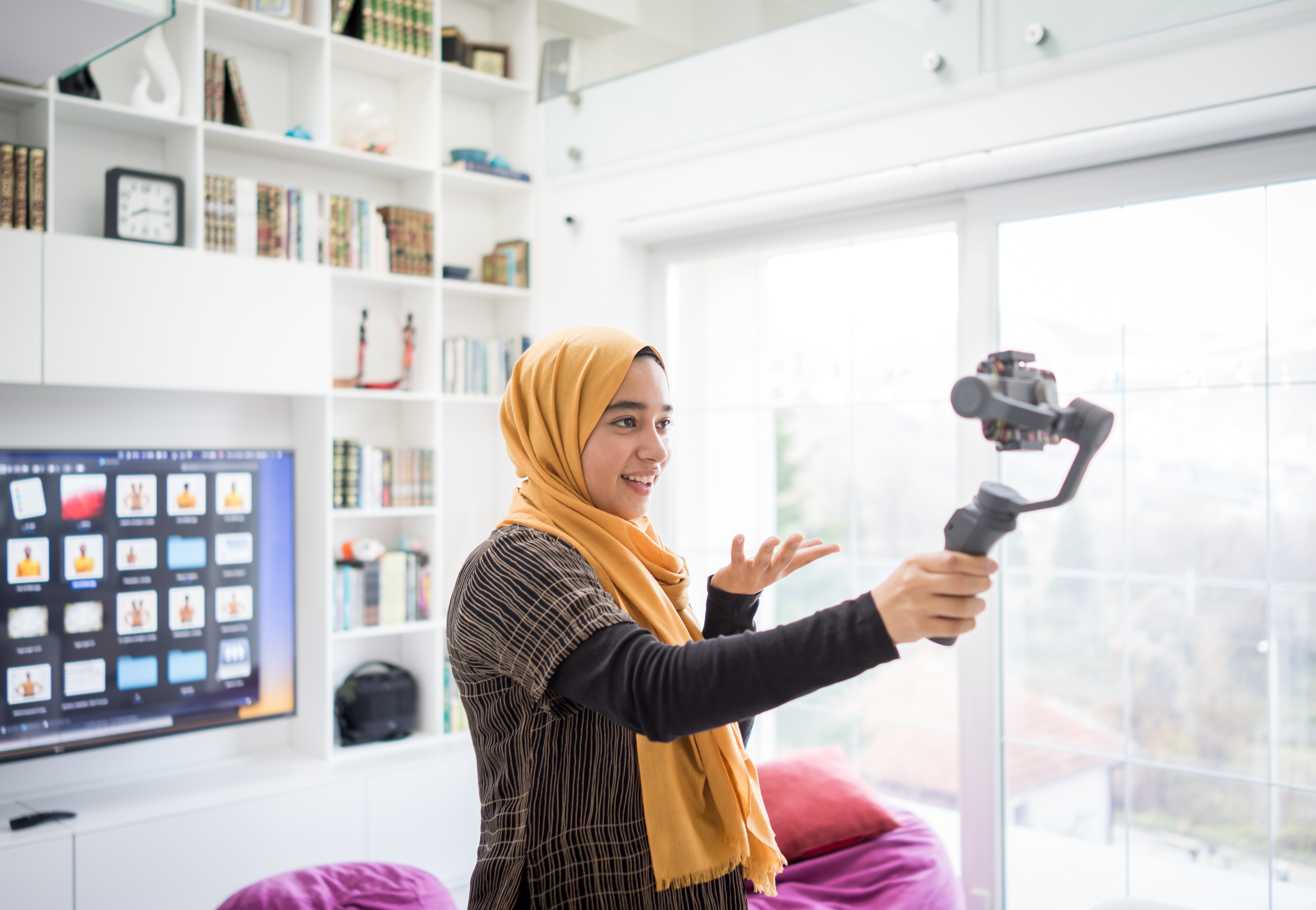As COVID-19 continues to affect countries around the world, our global education communities are doing their best to plan for and provide safe, sustainable learning environments for their students and instructors. What that looks like in one school, however, may look completely different in the school one town over. And as we thoughtfully anticipate the semester(s) to come, it’s helpful to understand some of the vocabulary associated with in-class and online learning environments.
The term “traditional education” refers to the delivery of educational services predominantly involving face-to-face interaction between students and instructors. Worldwide (and pre-COVID), most schools and institutions conducted lessons and lectures this way, with learners gathering in a shared space and yes, often utilizing technology and the Internet while in class to learn.
Online learning (sometimes called eLearning) is a broader term that means students work through digital lessons and assessments online. This type of learning is accomplished on a computer, usually over the internet, is pre-planned, and is a component of a larger curriculum picture involving engaging instruction. Online learning can follow in-person lessons in a classroom or take place at home, during, and/or outside of school hours.
Distance learning (or distance education) is all about location, meaning students and instructors are in different geographical locations and instruction occurs on a device. With distance learning, there is no in-person interaction; instruction and assessment are taking place online independently and can take place without regular instructor contact, often (but not always!) self-paced.
Remote learning occurs when students and instructors, or the source of information, are separated by time and distance and therefore cannot meet in a traditional classroom setting. Like the above, online technology is used to facilitate communication, learning, and assessment, but remote learning is known to embrace a more formal classroom framework, which means a student’s remote schedule or daily lesson structure may look very similar to if they were in the classroom.
Online, remote, and distance learning can all be synchronous or asynchronous; that is to say, they can either require students to align to a specific schedule with live instruction or offer a more flexible timeline with pre-recorded videos and content. Synchronous learning happens in real-time, with students and instructors interacting in a classroom or via video conferencing, collaborating through social learning technology. Many schools worldwide have utilized tools like Zoom or Microsoft Teams to conduct video classes, where instructors teach a lesson live and students attend via Zoom room. 2U, an online learning platform serving several larger North American universities, espouses the value of having synchronous, live online classes at least once a week to help drive motivation and build community. This type of learning “can provide an effective venue for deepening individual learning, building social connections, and providing real-time feedback.”
Conversely, asynchronous learning allows students to access information and/or engage in learning outside of the classroom, on their own schedule, and often, independent of the instructor. It can sometimes be referred to as on-demand or self-paced learning. Khan Academy is an example of asynchronous learning, where content can be consumed at any time in a student’s day.
Hybrid or blended learning appear similar at first glance because they both feature a combination of in-person and virtual experiences, sometimes connected to the concept of flipped classrooms. But hybrid learning and blended learning are different. In hybrid learning courses, online components are designed to replace in-person interactions. Blended learning involves face-to-face classroom time with online materials and activities intended to supplement in-person learning. In other words, in blended learning, online work does not replace in-person interaction.
To make matters even more complicated, there are varying and contradictory definitions of some of the above terms across the internet. And so, you ask, with confusing vocabulary and related concepts, how can schools and universities best approach the final months of 2020?
Patti West-Smith, a former educator and administrator, recognizes the possible confusion associated with online learning environments within a community of practice. "No matter how these terms are being used,” she says, “it's best to make sure everyone has a shared understanding.” Whatever terminology you adopt, West-Smith offers these steps to improve clarity and transparency:
Define your terms.
Don't assume that all stakeholders have a shared definition or that each person's definition matches the one you have in mind. Write out definitions of terms in easily accessible language and provide examples. Share and publish this documentation in as many venues as possible, and be sure to have it translated for different language communities. Also, consider whether you can provide the information in different formats, such as an audio recording, to allow for the greatest possible access. This will ensure that everyone within your learning community has a shared understanding of the terms, whichever terms you choose to use.
Keep an open channel for questions.
Because there are many, conflicting definitions out there, it's important to provide an avenue for teachers, parents, and even students to ask clarifying questions, and that responses to those questions are clear and consistent.
Focus on essential ideas, not terminology.
Whether someone says blended learning or hybrid learning, what really matters is that the community understands exactly what is being done, how it is being accomplished, and the objectives and impacts of those instructional delivery choices.
Now—and in the months to come—schools and universities around the world are weighing the benefits and costs of in-person learning vs online learning. It’s clear everyone is trying to make the best decisions possible with the information at hand, which means there’ s a chance our schools will give every type of online and in-person learning environment a try before the year is through. As we navigate this landscape, it’s important to understand the terminologies and the specific impacts they have on pedagogy and student learning outcomes so that we examine all possibilities and choices ahead of us. We hope the road ahead provides you with safety.




